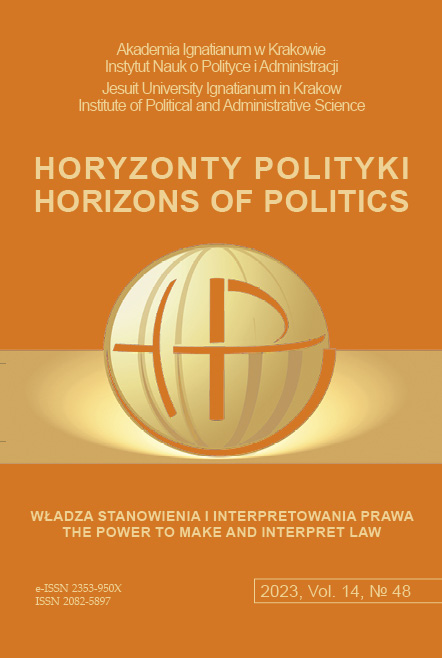War and Peace Journalism in Mass Shootings Coverage - Case Study of a School Shooting in the U.S. Uvalde
War and Peace Journalism in Mass Shootings Coverage - Case Study of a School Shooting in the U.S. Uvalde
Author(s): Anna SłaniaSubject(s): Media studies, Security and defense, Studies in violence and power, Victimology, Peace and Conflict Studies
Published by: Uniwersytet Ignatianum w Krakowie
Keywords: war journalism; peace journalism; mass shootings; U.S.; polarization;
Summary/Abstract: Research objective: Analysis of the problem of using the theory of war and peace journalism in reporting mass shootings in the American media on the example of a school shooting in Uvalde. Problem and methods: The article answers the question whether theories about war and peace journalism can be helpful in the analysis of media coverage of mass shootings. The text analyzes how the leading media broadcasters in the U.S. (CNN and Fox News) use war- and peace-oriented mechanisms. The article uses research methods standard for social sciences and humanities, including content analysis with elements of framing analysis, comparative analysis and the case study. Process of argumentation: The starting point for the research was the theories on war and peace journalism by Johan Galtung. The reason for undertaking the research was also the record number of mass shootings in the U.S. in 2021 and the significant importance of the Uvalde shooting in the American public debate on gun control in 2022. The article focuses on the first week of coverage of the shooting. Results: American media use war journalism more often. Coverage is influenced by ideological profile and political affiliation. Political issues and the reconstruction of events come to the fore. Contexts such as victims, solutions, roots of the problem or fate of the perpetrator are discussed less frequently. The shooting in Uvalde became an instrument in the political conflict in which the media took part. Conclusions, innovations, and recommendations: War journalism mechanisms favor media polarization in bipartisan conflict conditions and help show sensational events in a 24-hour cycle. In turn, the mechanisms of peace journalism support reporting on the perpetrator, victims and potential solutions. The article intends to increase awareness of various ways of publicizing extraordinary events and political conflicts and serve for more profound research in the future.
Journal: Horyzonty Polityki
- Issue Year: 14/2023
- Issue No: 48
- Page Range: 177-196
- Page Count: 20
- Language: English

